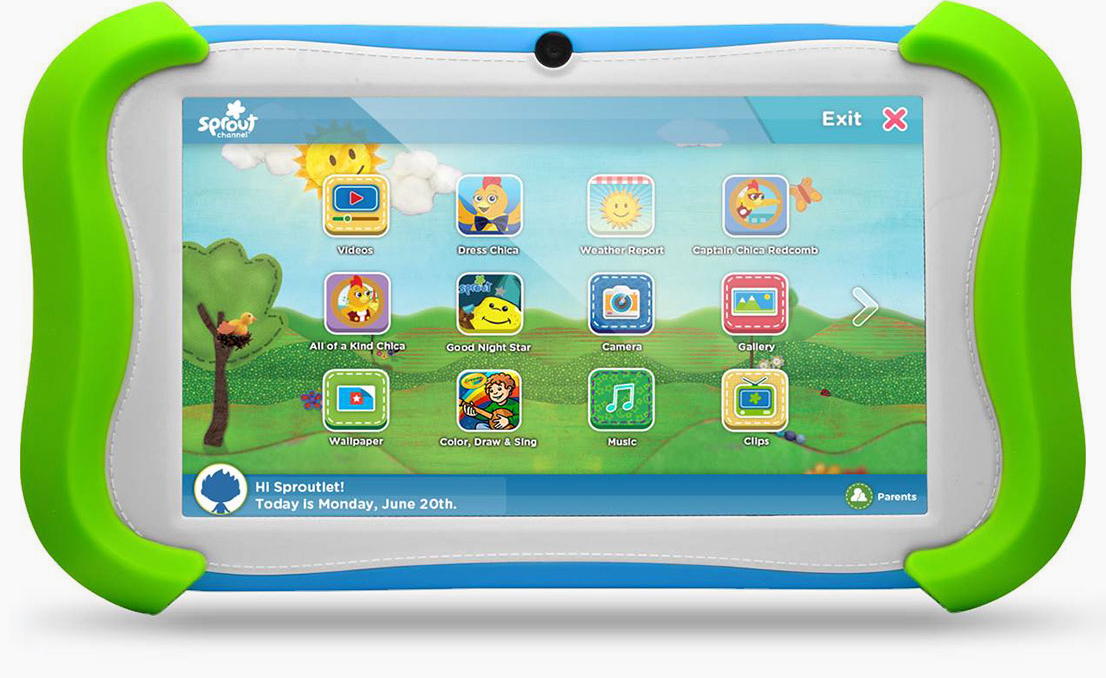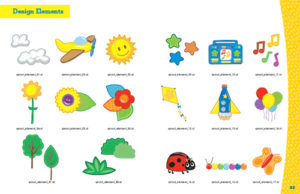
This logo was also used on idents and promos from its launch until 2009. Historyįormer logo used from Septemto November 13, 2013. However, financial problems forced PBS to delay the launch by several months, eventually shelving that channel for reasons which were never disclosed. As a replacement, PBS attempted to launch a similar network targeted at a Elementary School-aged audience in October of the following year, the PBS Kids Go Channel, based on the sub-block of the same name on PBS Kids. When the channel did shut down, many member stations which had been using the PBS Kids channel on their cablecast channels or over-the-air digital subchannels continued to operate their children's channels as local services scheduled independently of a satellite feed, while other member stations shut down their kids channels entirely and redirected viewers of those channels to the newly-launched PBS Kids Sprout. This ultimately may have been the deciding factor in PBS' decision to shut down the channel in 2005. The channel was not successful and had only reached 9 million households as of 2002, compared to Noggin's 23.3 million households at the time.
SPROUT CHANNEL SERIES
When Sagwa, the Chinese Siamese Cat (also produced by CTW, which had been renamed Sesame Workshop by this time) premiered in 2001, the PBS Kids Channel picked up the series and aired it for the remainder of the network's existence. The CTW-produced Dragon Tales, which premiered on the same day as the launch of the PBS Kids channel, was, at first, the only exception to this. Because the cable rights to the Children's Television Workshop's program library were owned by Noggin (which CTW owned a 50% interest in at the time), the channel did not broadcast any CTW programming, including Sesame Street, long a staple of PBS' children's programming lineup. and its sister network Noggin (which now shares its name with the Nick Jr. The channel was created, in part, to compete against Nick Jr. At launch, 32 PBS member stations had signed up to use the service.

Participating stations were required to pay an annual fee of $1,000 to use the feed. The PBS Kids feed was available on digital cable and satellite television, and was also offered to PBS member stations for use on a "cablecast" service (a cable-only local channel provided by the member station) or for use on the member station's over-the-air analog channel to provide a portion of the daytime PBS Kids programming on the station. Sprout traces its origins to the PBS Kids network (referred to as PBS Kids Channel in press materials), which launched on Septemcoinciding with PBS Kids' rebrand that day. Īs of February 2015, Sprout is available to approximately 58 million pay television households (49.8% of households with television) in the United States. The network's live programming and wraparound segments are produced at NBC Studios at 30 Rockefeller Plaza in New York City. The network, which also maintains a complimentary video-on-demand (VOD) service and website, features a mix of children's programs acquired from the Public Broadcasting Service ( PBS) and original programming exclusive to the network, which is aimed at preschoolers and their families. Sprout replaced the PBS Kids channel on some cable and satellite providers. Sprout (formerly PBS Kids Sprout) is an independent American digital cable and satellite television network that is owned by the NBCUniversal Cable subsidiary of NBCUniversal. cable systemsĬonsult your local cable provider for channel availability

If (slot) slot.addService(googletag.Available on most other U.S.


(function (a, d, o, r, i, c, u, p, w, m)
SPROUT CHANNEL FULL
Tap into the full power of YouTube with this 12-course masterclass for $ - The Jerusalem Post


 0 kommentar(er)
0 kommentar(er)
